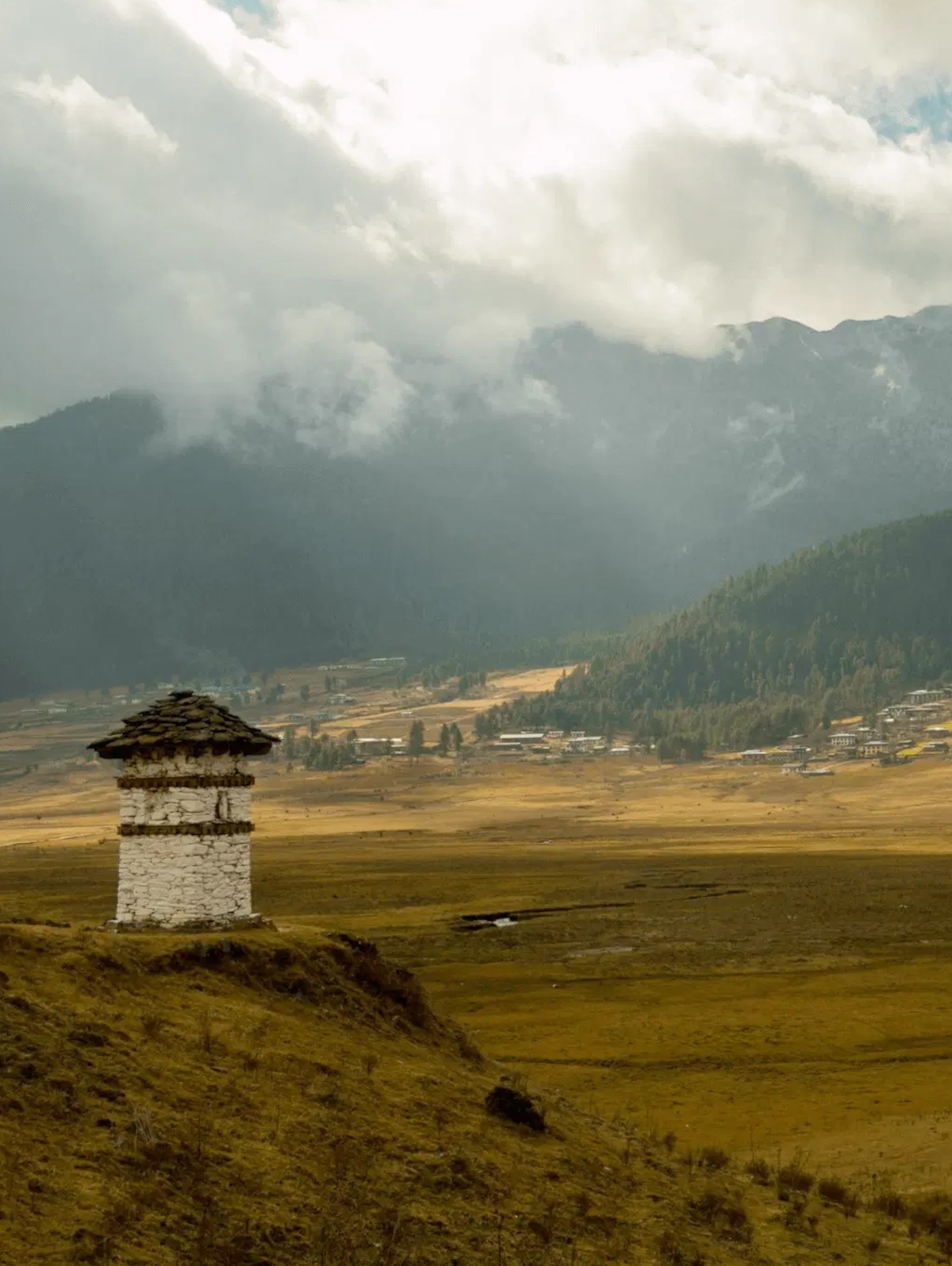
Phobjikha the place for Black-Neck Crane
The conservation area or habitat in the Phobhjikha Valley, established in 2003 has, not only the black-necked cranes, but also 13 other vulnerable species such as rufous-necked hornbill Aceros nipalensis, chestnut-breasted partridge Arborophila mandellii, Pallas’s fish eagleHaliaeetus leucoryphus, nuthatch Sitta Formosa, wood snipe Gallinago nemoricola, Blyth’s tragopan Tragopan blythii, greater spotted eagleClanga clanga, imperial eagle Aquila heliaca, Baer’s pochard Aythya baeri, Hodgson’s bushchat Saxicola insignis, dark-rumped swift Apus acuticauda, and grey-crowned prinia Prinia cinereocapilla.The black-necked cranes arrive in this valley in late October and depart in mid February.They feed on the particular type of dwarf bamboos that grow in the wetlands of the valley. The thick grasslands of wetlands are also grazing grounds for a large number of cattle and horses during the summer months that helps the growth of the tender bamboo shoots on which the cranes feed later during the winter season. There were suggestions that the wetlands be drained and used to grow cash crops such as potatoes, which is also the main crop of the valley. Such an action would have deprived the cranes of their main feeding centres.

